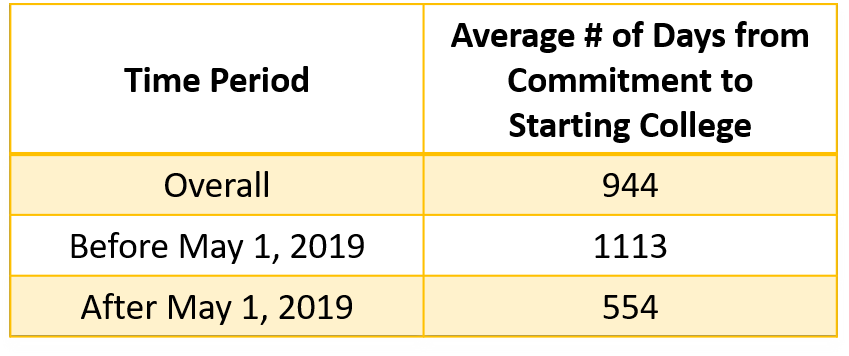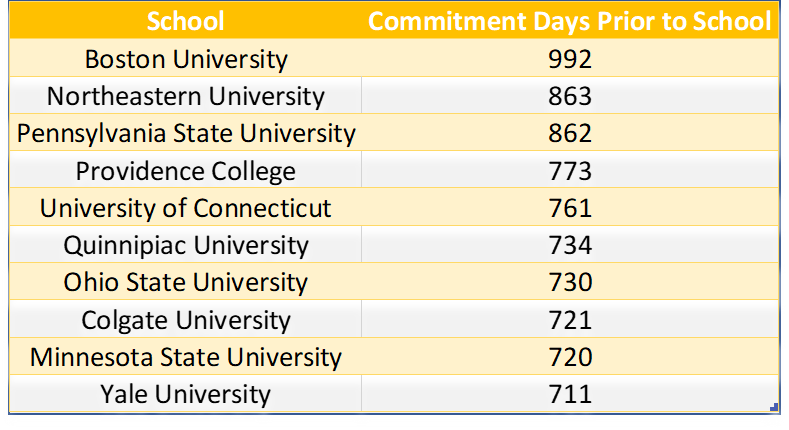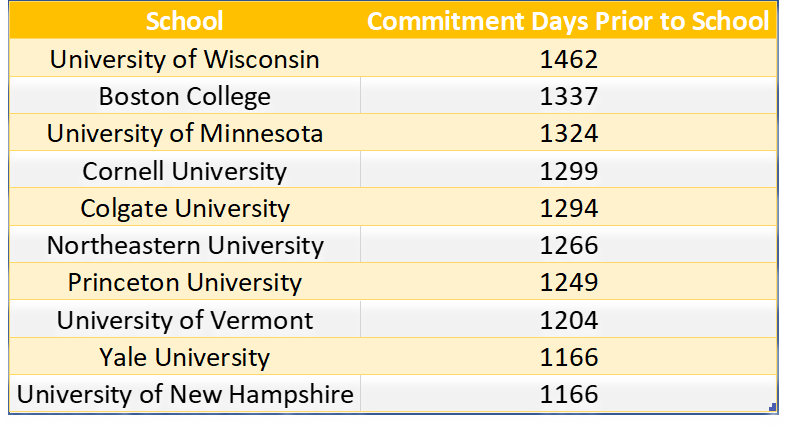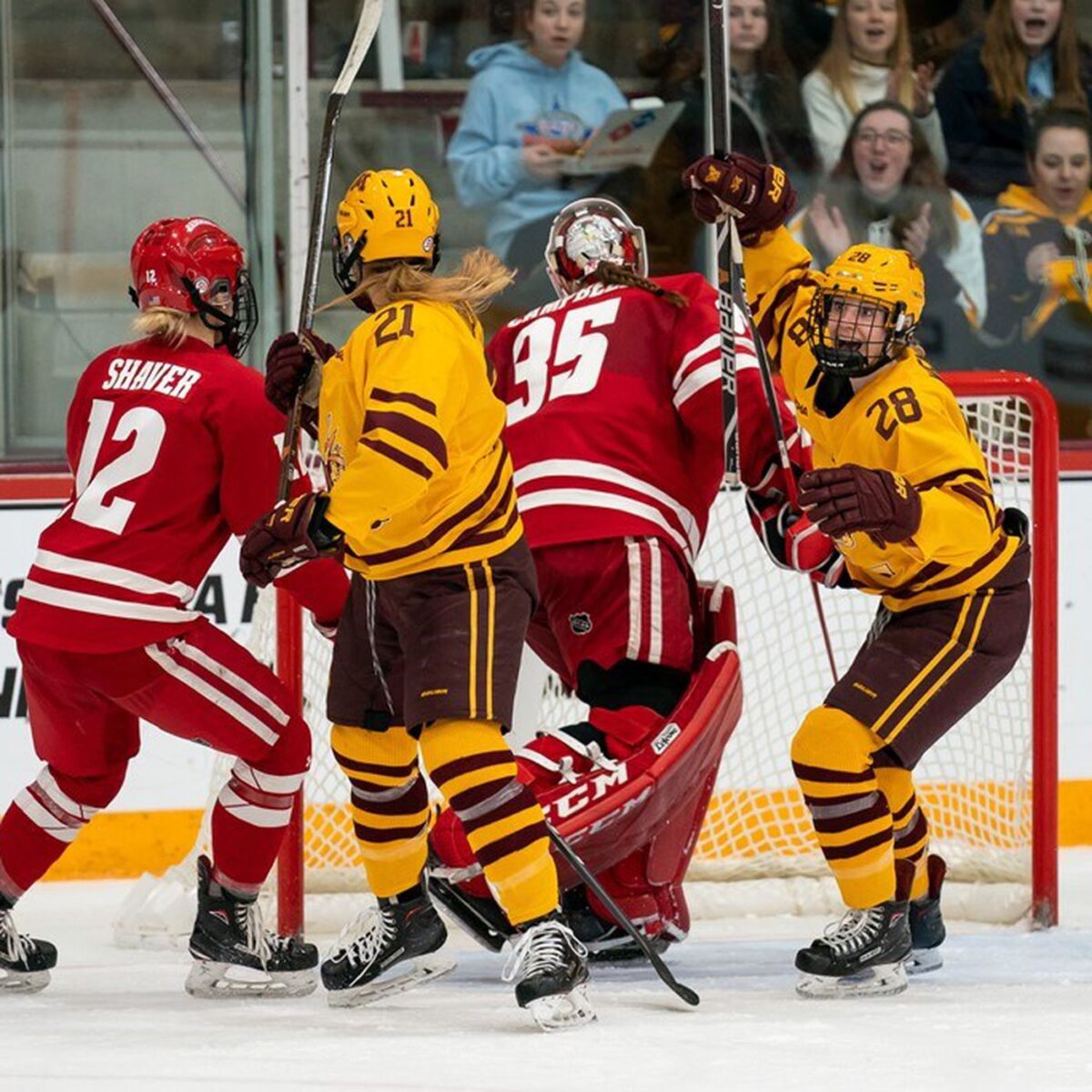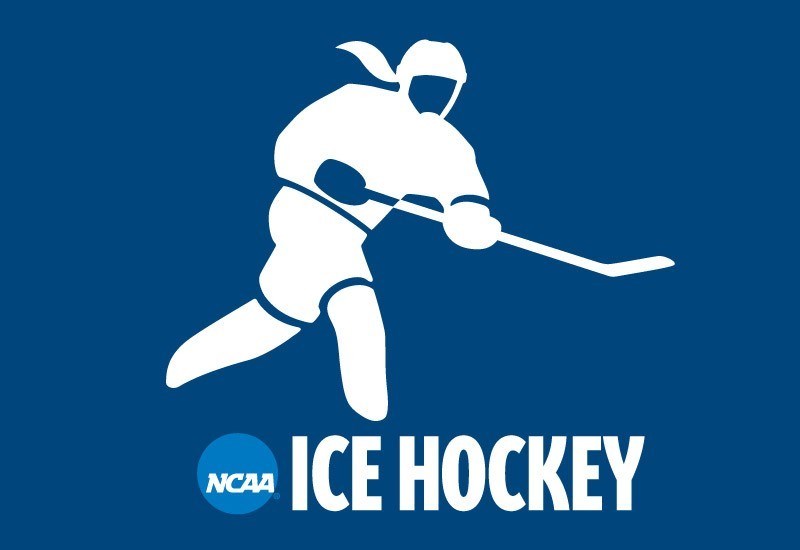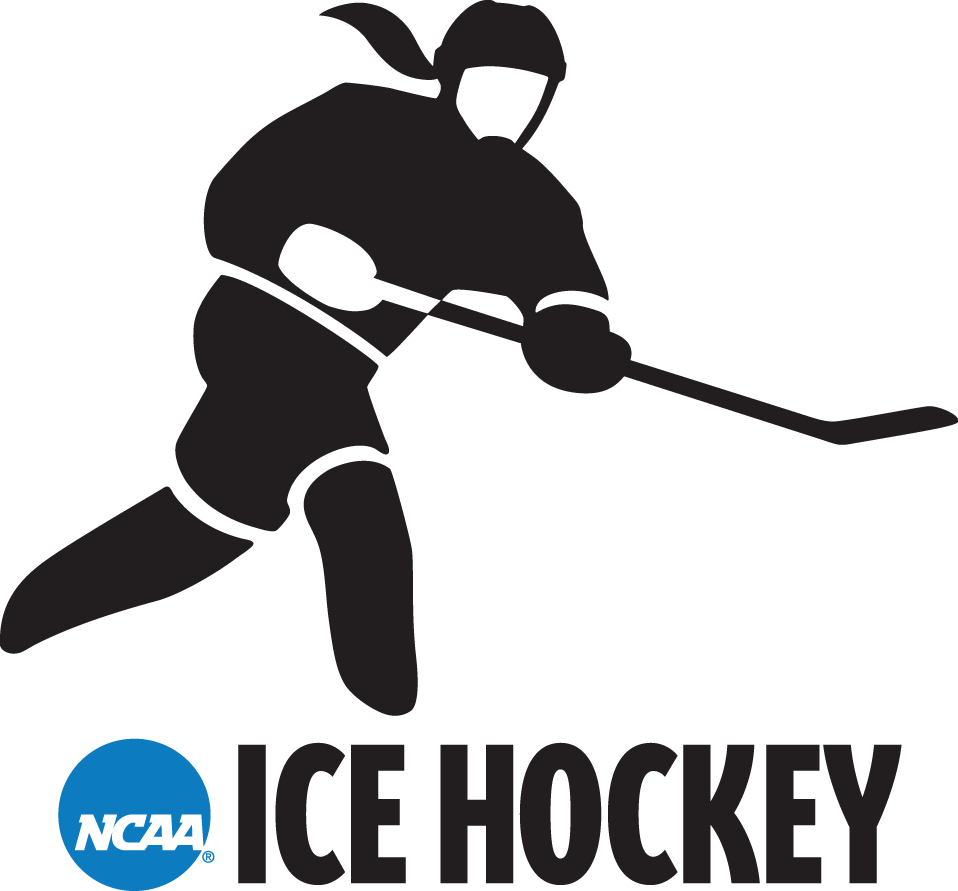As a parent of a 14-year old girl hockey player who has only played with boys, we are trying to figure out her best path to playing Division I college hockey. However, there is no playbook that is given to parents or players on how follow the process. In fact, from talking to several coaches, each player’s journey is unique. However, if you live in a non-traditional girl’s hockey market like we do, the route can be even more complex.
As we look to decide when and where she play girls hockey for both development and recruiting purposes, I thought I would see what data already exists to help guide our decisions.
Insight #1 – Less than 0.3% of Women’s College Hockey Commits only played boys hockey
In my research, I have only found two female players who only played on boys teams for their club or school teams prior to college. And this is after looking into about 1000 Division I college players or commits. Those two players were Dominique Petrie, who only played AAA Boys hockey in California before attending Harvard. And a goalie from Alaska, Hannah Hogenson prior to attending Bemidji State.
Additional Questions to be Answered
In my upcoming posts I will answering the following questions:
- What percent of D1 women’s hockey commits come from Canada vs. the U.S.?
- Which U.S. programs are the biggest D1 college hockey factories?
- Which D1 colleges have the most commits?
- Which colleges have the earliest player commitments?
It’s all about the data
Before these posts are published, I want to make sure the sources of the information are documented and the limitations of the data is clearly defined.
Data Sources:
- Nearly all of the data provided is from College Hockey Inc’s published page on Women’s College Commits.
- Secondary information is from Elite Prospects which was used to supplement missing club/school information for some players.
- The period covers 8/20/16 until 10/21/20 for players who are committed for the 2020 season and later.
Data Integrity:
- The data on Women’s College Commits website may not be complete and likely does not include all D1 commits
- If a team/club was not listed, I referenced eliteprospects.com for additional information. Thank you to Beau Marchwick who populates most of the girls hockey data and stats.
- A player’s designated club/school is chosen based on the commitment date. If a player played on both a school and a club team, then the club or school with which the player was playing on longer was selected (because they were responsible for developing the player for a longer period of time).
- For time period calculations, we assumed Sept. 1st as the start of the college academic year to calculate the number of days from the date of commitment.
- The analysis does not include any U.S. Division III or Canadian University Sports commits.
This post is part I of a series on 5 Insights about Women’s College Hockey Commits:
- What percent of D1 women’s hockey commits come from Canada vs. the U.S.?
- Which U.S. clubs/schools are the biggest D1 college hockey factories?
- Which D1 colleges have the most commits?
- Which colleges have the earliest player commitments?
